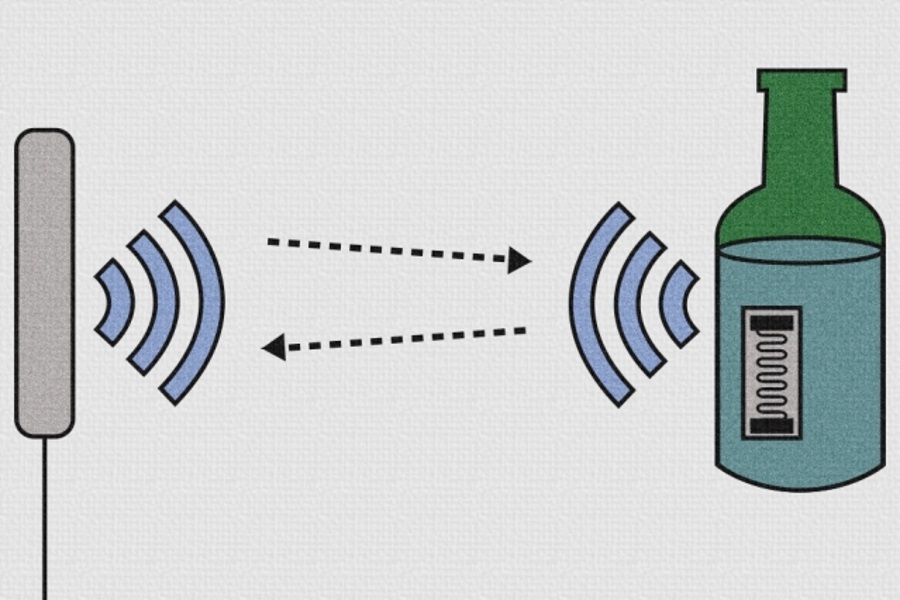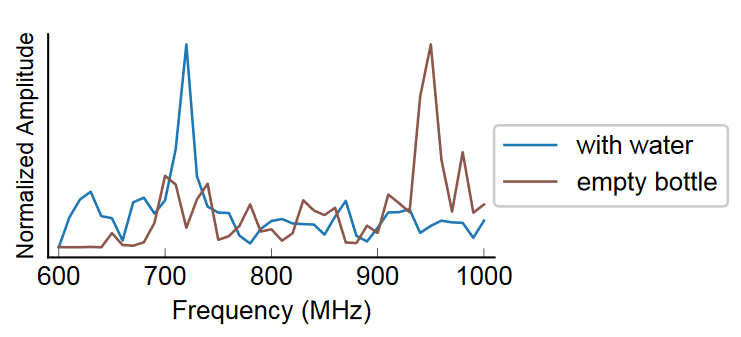
RFID stickers could signal contaminated food
If a menu entry isn’t safe to chew, it’s best to be recognised that out before person devours it. But manual testing of every pot and bottle isn’t possible, even when a threat, like the most recent babe nutrient scare, is known. MIT investigates have found a channel to check numerous items instant , non-invasively and from a distance — exploiting the RFID tags many commodities already have.
RFID, or ultrahigh frequency identification, use a insignificant feeler embedded in a sticker or label that’s initiated and powered by radio waves at a very concrete frequency. When a transceiver sends out a 950 Mhz signal, the RFID tag wakes up and re-transmits a somewhat different signal determining itself. Products that announce themselves? Convenient for doing inventory!
What the researchers noticed was that this return signal, outside the actual information-bearing character, can be affected by the actual contents of the product, since the radio radiation have to pass through them. Hence, a jar full of pasta sauce and one full of olives would develop different signal sketches — as would an untouched container of baby meat are comparable to one contaminated with melamine.
” It’s almost as if we have converted cheap RFIDs into minuscule radio frequency spectroscopes ,” said Fadel Adib, co-author of the working papers describing the new system, in an MIT news release.
The problem is that these differences can be very minor and it’s not like they’ve been documented anywhere — this is the first time anyone’s tried this. So naturally, the team turning now to machine learning. They instructed up a framework that can tell with confidence what a signal chart corresponds to, with the minor alterations that come from, say, modest variations in direction or glass width.
Right now the system, which they call RFIQ, can tell the difference between pure and melamine-contaminated babe formula, and between many adulterations of unadulterated ethyl alcohol. That’s pretty much everything on my shopping list so I’m set, but apparently the team would like to have it is related to many more produces. Now that the method has been demonstrated to run, that’s the plan.
The task will only get harder, as thoughts like environmental variables( shelves) and other wireless interference add to the problem. But machine learning algorithms are good at drawing signal out of the sound, so with prosperity the technique will work without too much trouble.
You can predict the full newspaper documenting the RFIQ system here( PDF ).
Read more: feedproxy.google.com


